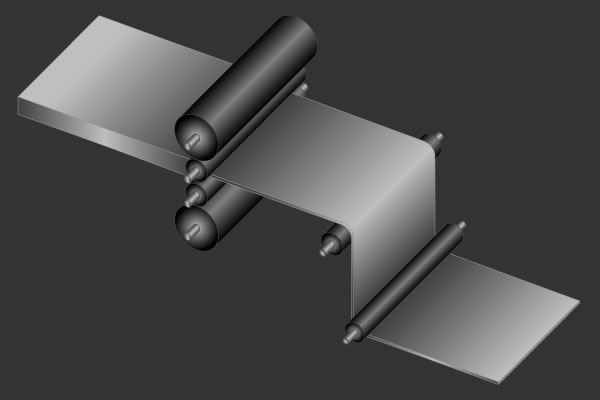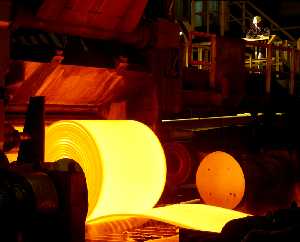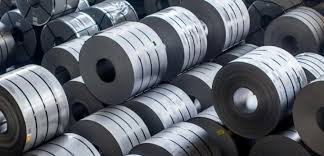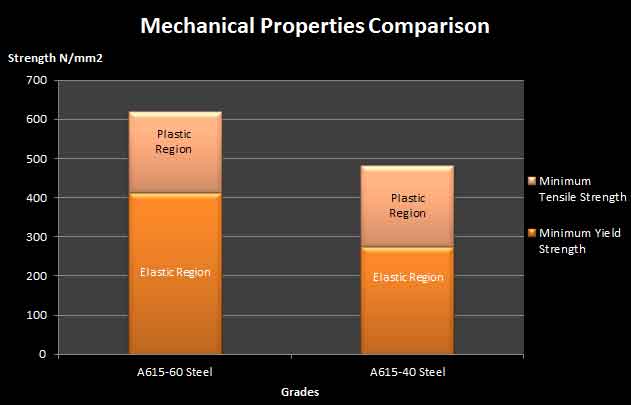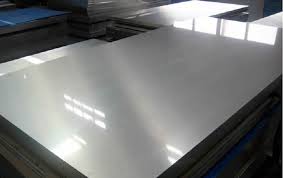Air Pressure Relief Valves – Working and Types
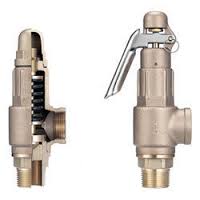 What are Air Pressure Relief Valves? Air Pressure Relief Valves are vital safety components in any pressurized fluid system which may include pressure vessels, pumps or pipes. Whether the fluid being carried in the system is a liquid or gas, relief valves are installed to prevent damage to the system components in an overpressure event. An overpressure event is termed as the condition where the pressure in the system exceeds the maximum allowable working pressure for which the system was designed.
What are Air Pressure Relief Valves? Air Pressure Relief Valves are vital safety components in any pressurized fluid system which may include pressure vessels, pumps or pipes. Whether the fluid being carried in the system is a liquid or gas, relief valves are installed to prevent damage to the system components in an overpressure event. An overpressure event is termed as the condition where the pressure in the system exceeds the maximum allowable working pressure for which the system was designed.
Importance of Air Pressure Relief Valves: There are many types of valves employed in fluid systems which carry out the function of controlling pressure and flow in hydraulic and pneumatic systems, however they are usually actuated using a power source such as electricity or compressed air. Air Pressure Relief valves differ from these because they are used as the last line of defense in order to prevent damage to the system. Hence they must be able to operate in adverse conditions such as system failures where power may be lost. This means that the Air Pressure Relief Valves cannot rely on a power source and must have a simple design to improve reliability.
Types of Air Pressure Relief Valves: The most common type of Air Pressure Relief valves is the spring loaded valve. This consists of a disc which is in contact with the inlet nozzle and covers it completely to prevent flow in normal conditions. The disc is connected to a spring which holds it closed at normal pressures. The spring force is balanced by the system pressure but as the pressure begins to increase above a certain value, the spring is compressed and the disc lifts up from the nozzle allowing air to escape and lower the pressure. The allowable pressure in the valve can be changed by adjusting the spring load. Other types of Air Pressure Relief Valves include Safety Valves, Pilot operated relief valves, Safety Relief Valves and Vacuum Relief Valves.



